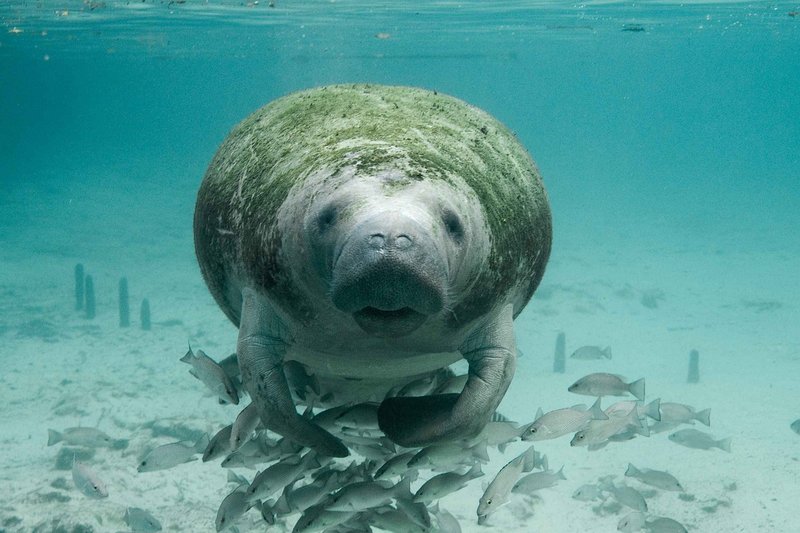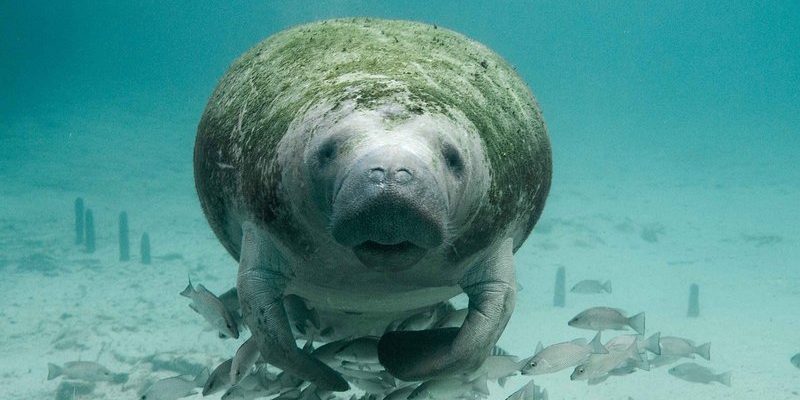
You might be wondering what makes manatees so vulnerable. They aren’t just big and slow; they’re also caught in a complex web of threats that affect their survival. In this article, we’ll explore some of the common threats to the manatee in the wild, where these threats come from, and what we can do about them. It’s a little like looking at your remote control—if you ever had trouble with batteries, syncing, or resetting it, you’d start to understand what causes the frustration. Let’s dive in!
Habitat Loss
One of the biggest threats to manatees is habitat loss. Imagine living in a cozy home, only to find that it’s being torn down. This is what happens to manatees when coastal areas are developed for homes, marinas, and other infrastructure. Manatees rely on seagrass beds for food and shallow waters for shelter. When these areas are disturbed or destroyed, manatees lose not only their food source but also safe places to rest and breed.
Urban development can lead to water pollution as well. Runoff from roads and buildings carries toxic substances into the water, which can lead to harmful algal blooms. These blooms deplete oxygen levels in the water and can even poison the plants manatees depend on. It’s like trying to enjoy a meal in a dirty restaurant—you wouldn’t feel safe or healthy, right?
Boating Collisions
Another significant danger to manatees comes from our love for boating. Every year, countless manatees are injured or killed in collisions with boats. These gentle giants often swim just below the surface, making them hard to spot, especially in busy waterways. Think of it as trying to navigate a busy road while wearing a blindfold—it’s risky, to say the least.
Boat propellers can cause serious injuries, not just a bump or bruise. These collisions can lead to painful lacerations or even death. Take a moment to picture your favorite park filled with cyclists zooming around; it’s all fun until someone gets hurt. This situation is even more critical for manatees since their populations are already vulnerable.
Safety Measures and Regulations
To help combat this issue, many states have implemented speed zones and no-wake areas in manatee habitats. These regulations aim to protect manatees from speeding boats, giving these creatures a better chance to survive. But it’s not just up to lawmakers; boaters need to stay educated and vigilant, too. Boaters can help by keeping a lookout for manatee warning signs and following posted speed limits. It’s all about sharing the water and being considerate of our ocean friends.
Climate Change
Climate change is another lurking threat that’s affecting manatees. As ocean temperatures rise and sea levels increase, manatees face challenges that could seem overwhelming. Warmer waters can alter seagrass habitats, making it harder for manatees to find food. It’s like having your favorite restaurant suddenly change its menu—frustrating and disappointing!
Moreover, climate change often leads to more extreme weather events. Hurricanes and storms can destroy habitats and displace manatees. It’s tough enough trying to find your way home after a storm, let alone if your home has been swept away.
Impact on Ecosystems
The ripple effect of climate change also impacts other marine life. As manatees are herbivores, a decline in seagrass can disrupt the entire ecosystem. This loss can affect not only manatees but also other species that rely on the same habitats. The balance of nature hangs delicately in the balance.
Water Pollution
Speaking of challenging environments, water pollution is a widespread issue that directly threatens manatees. Pollution can come from various sources, including agricultural runoff, wastewater discharge, and oil spills. Contaminated water affects the health of seagrass and makes it harder for manatees to thrive.
Just like you wouldn’t want to drink dirty water, manatees can also suffer from the toxins in polluted environments. This contamination can lead to health issues, reproductive problems, and even death in severe cases. Picture standing by a beautiful lake that’s filled with algae. It might look nice, but it’s not safe for playing or swimming. Manatees navigate similar hazards daily.
Solutions and Clean-Up Efforts
Efforts are being made to combat water pollution. Many organizations are working to clean up waterways, restore seagrass habitats, and promote sustainable farming practices. Engaging local communities in these initiatives also plays a crucial role in protecting manatees. After all, it takes a village—human or animal—to create a safe and healthy environment.
Invasive Species
Another significant threat that manatees face comes from invasive species. Non-native plants and animals can disrupt their natural habitats and food sources, creating competition for limited resources. For instance, when species like lionfish invade coral reefs, they can cause a domino effect, leading to fewer fish and less food for manatees.
Think of it like a game where new players enter and crowd the field—there’s less space for everyone to participate. This competition stretches resources thin for manatees. It’s not just about feeding; it’s about survival in a rapidly changing world.
Managing Invasives
To help mitigate these issues, various organizations are working diligently to manage invasive species. These efforts include monitoring populations and focusing on restoring natural ecosystems. It’s a tough battle, but combating invasive species is crucial to ensuring a balanced environment for all native wildlife, including the beloved manatee.
In summary, manatees face a host of challenges in the wild, including habitat loss, boating collisions, climate change, water pollution, and invasive species. Each of these threats plays a role in the complex story of manatees and their survival.
However, there’s hope. By raising awareness, advocating for regulations, and supporting conservation efforts, we can help protect these gentle giants. Just like every action counts when you’re trying to fix that remote control, every small effort can lead to big changes for manatees. So the next time you think about manatees, remember the threats they face and consider how you can contribute positively. Together, we can help ensure that these remarkable creatures continue to thrive in their natural habitats for generations to come.

